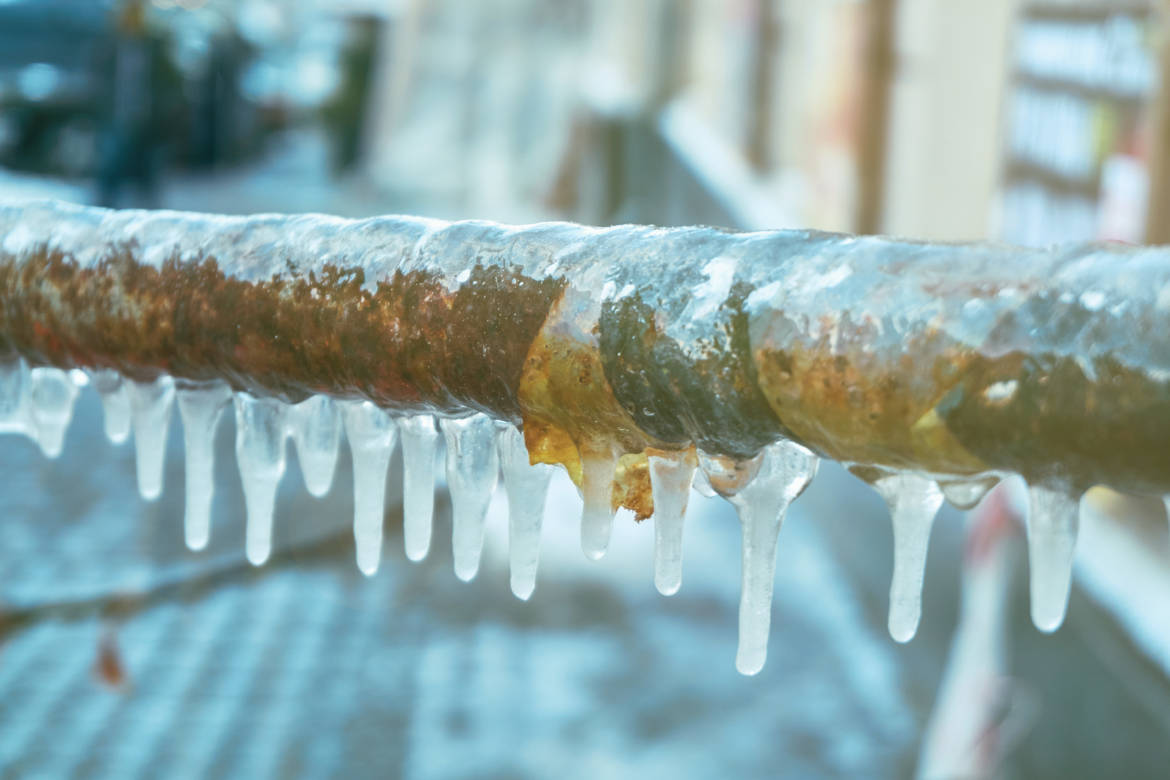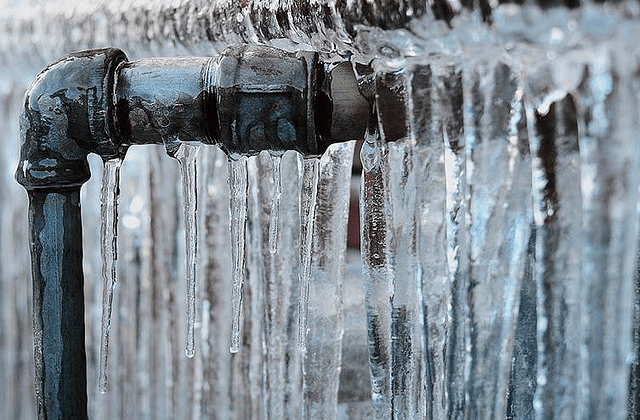This article listed below involving How To Avoid Freezing Pipes is rather interesting. Read it yourself and see what you think about it.

Cold weather can wreak havoc on your plumbing, especially by freezing pipes. Below's just how to stop it from occurring and what to do if it does.
Introduction
As temperatures drop, the risk of frozen pipelines rises, possibly bring about expensive fixings and water damages. Comprehending how to stop icy pipes is essential for homeowners in cool climates.
Understanding Icy Pipes
What causes pipelines to freeze?
Pipes ice up when revealed to temperatures listed below 32 ° F (0 ° C) for extended periods. As water inside the pipes freezes, it expands, putting pressure on the pipe walls and potentially causing them to break.
Threats and damages
Frozen pipelines can bring about water supply disturbances, residential or commercial property damages, and costly repair work. Ruptured pipes can flooding homes and cause comprehensive architectural damage.
Signs of Frozen Water Lines
Identifying frozen pipelines early can avoid them from breaking.
How to recognize icy pipes
Try to find lowered water circulation from taps, uncommon odors or noises from pipelines, and visible frost on subjected pipes.
Avoidance Tips
Shielding prone pipes
Cover pipes in insulation sleeves or utilize heat tape to shield them from freezing temperature levels. Concentrate on pipelines in unheated or exterior areas of the home.
Home heating strategies
Keep indoor spaces sufficiently heated, especially locations with pipes. Open cabinet doors to allow warm air to flow around pipes under sinks.
Securing Outside Pipes
Garden hose pipes and exterior taps
Detach and drain yard hoses before winter. Set up frost-proof spigots or cover exterior faucets with insulated caps.
What to Do If Your Pipes Freeze
Immediate activities to take
If you suspect frozen pipelines, maintain taps open to ease pressure as the ice thaws. Use a hairdryer or towels taken in hot water to thaw pipes gradually.
Long-Term Solutions
Architectural modifications
Take into consideration rerouting pipelines far from outside wall surfaces or unheated locations. Include added insulation to attic rooms, cellars, and crawl spaces.
Updating insulation
Buy high-quality insulation for pipes, attic rooms, and wall surfaces. Correct insulation helps keep regular temperature levels and minimizes the danger of frozen pipes.
Verdict
Protecting against icy pipelines calls for positive steps and fast actions. By comprehending the causes, indicators, and preventive measures, property owners can protect their plumbing throughout winter.
6 Proven Ways to Prevent Frozen Pipes and Protect Your Home
Disconnect and Drain Garden Hoses
Before winter arrives, start by disconnecting your garden hoses and draining any remaining water. Close the shut-off valves that supply outdoor hose bibs and leave the outdoor faucet open to allow any residual water to drain. For extra protection, consider using faucet covers throughout the colder months. It’s also important to drain water from any sprinkler supply lines following the manufacturer’s directions.
Insulate Exposed Pipes
Insulating your pipes is an effective way to prevent freezing. Pipe insulation is readily available at home improvement stores and is relatively inexpensive. Pay close attention to pipes in unheated areas such as the attic, basement, crawl spaces, or garage. Apply foam insulation generously to create a buffer against the cold. You can also wrap your pipes in heat tape or thermostat-controlled heat cables for added warmth.
Seal Air Leaks
Inspect your home for any cracks or openings that could let in cold air. Seal any holes around the piping in interior or exterior walls, as well as the sill plates where your home rests on its foundation. Additionally, make sure to keep your garage door closed unless you’re entering or exiting. Leaving it open creates a significant air leak that can lead to frozen pipes.
Allow Warm Air Circulation
During cold snaps, it’s essential to allow warm air to circulate evenly throughout your home. Leave interior doors ajar to promote better airflow. Open kitchen and bathroom cabinets to help distribute heat consistently around the rooms. If you have small children or pets, be sure to remove any household chemicals or potentially harmful cleaners from open cabinets for safety.
Let Faucets Drip
A small trickle of water can make a big difference in preventing ice formation inside your pipes. When temperatures drop significantly, start a drip of water from all faucets served by exposed pipes. This continuous flow helps prevent the water from freezing. Additionally, running a few faucets slightly can relieve pressure inside the pipes, reducing the chances of a rupture if the water inside does freeze.
https://choateshvac.com/6-proven-ways-to-prevent-frozen-pipes-and-protect-your-home/

We are very occupied with Prevent Frozen Pipes and I hope you appreciated the post. Sharing is nice. You just don't know, you could be helping someone out. Thanks for taking the time to read it.
Request Your Service